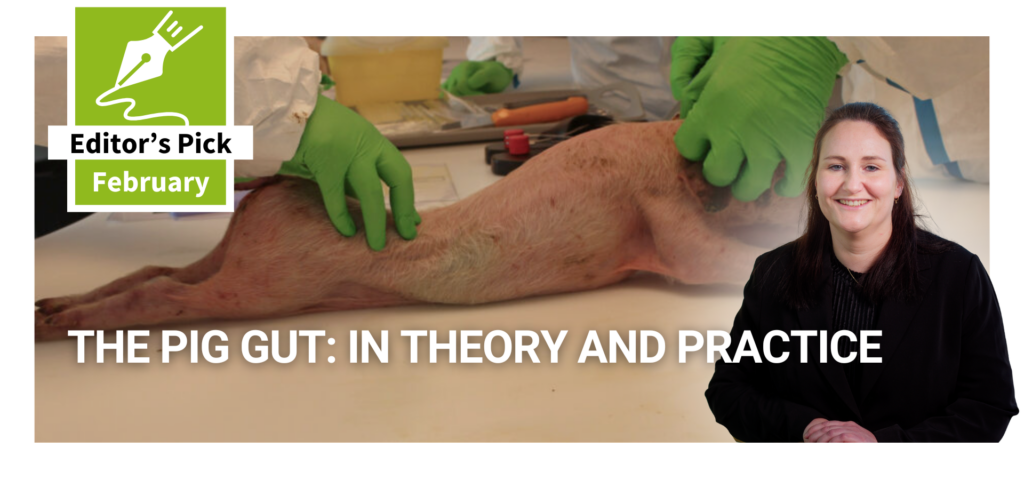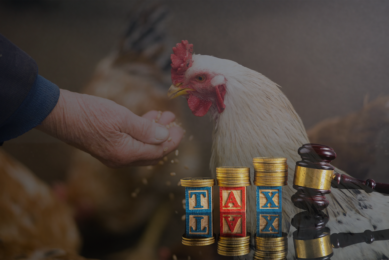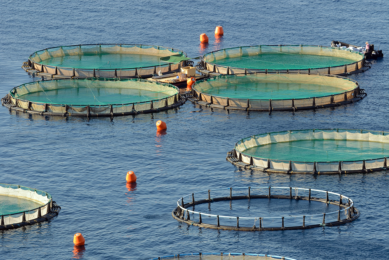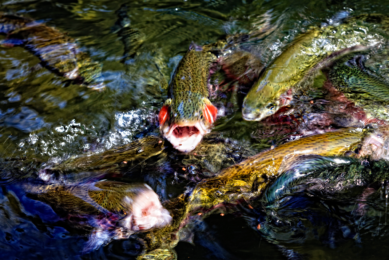Russia feed production increases in 2024: Price hikes and pet food growth
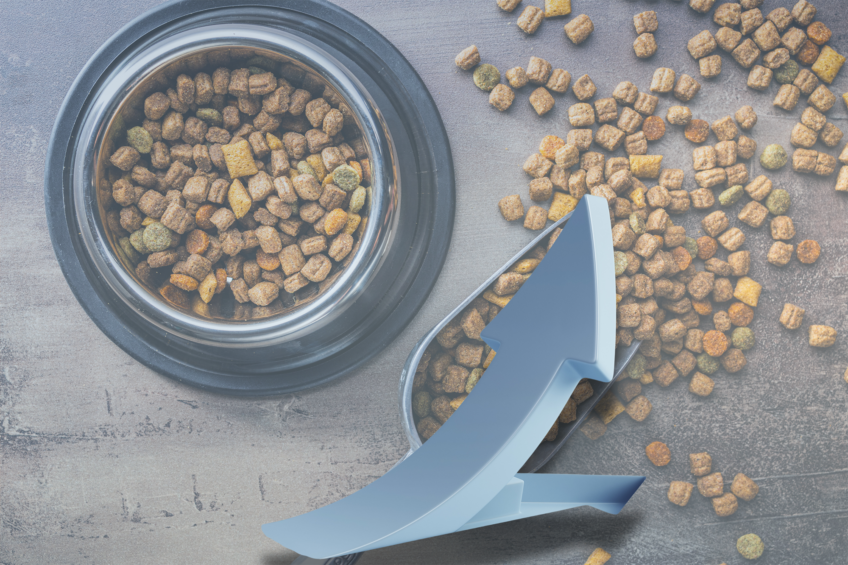
In 2024, Russia’s feed production rose to 36.4 million tonnes, marking a 3.3% increase from the previous year, according to the Russian state statistical service, Rosstat. The production growth continued into the fourth quarter of 2024, with output reaching 9.2 million tonnes, reflecting the same 3.3% year-over-year rise. However, no separate data for poultry, pork, or livestock feed was provided.
Feed prices rise across key components
Along with the production increase, feed prices also experienced steady growth. Feedlot, a Moscow-based think tank, reported a 9% rise in the average feed price in 2024, reaching Rub 23.5 ($0.26) per kg. The price of premixes also rose by 9%, reaching Rub 176 ($1.91) per kg. Meanwhile, the price of protein and vitamin concentrates surged by 68% to Rub 47.2 ($0.51) per kg.
Among key feed components, the price of meat-and-bone meal increased by 9%, reaching Rub 55.4 ($0.60) per kg, and the price of fish meal jumped by 15%, reaching Rub 142 ($1.54) per kg.
Forecast for 2025: Russian feed production to reach 40 million tonnes
Feedlot forecasts that Russia’s feed production will hit 40 million tonnes in 2025, citing projections from the Russian Union of Feed Manufacturers.
Pet food production surge in Russia
Rosstat also reported a 7.4% increase in pet food production in 2024, reaching 1.5 million tonnes. Despite this, Russia still faces shortages in certain pet food segments, particularly specialised, medicated, and holistic pet foods that were previously imported from Europe.
Fish feed production growth and government support
The Russian government also reported a 19% increase in fish feed production, which reached 51,400 tonnes in 2024. Despite this rise, the domestic fish feed market still falls short of demand, with only 25% of the country’s needs met by domestic production, according to the Russian federal agency for fisheries, Rosrybolovstvo.
The development program for fish feed, supported by state subsidies, has driven this growth. Prior to 2022, Russia’s salmon market was 90% dependent on foreign feed. In 2023, the introduction of a reimbursement for capital costs for fish feed production facility upgrades helped boost domestic output. Rosrybolovstvo aims to increase fish feed production to 250,000 tonnes per year by 2030, nearly meeting the country’s full demand.



